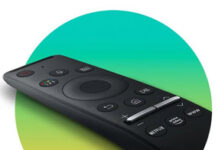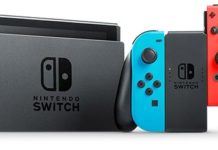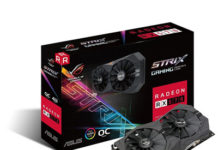Two main questions for building a podcast setup:
1) What will you be using to process the sound?
We have an article on that. (USB vs XLR)
2) Which type of microphone to use: Dynamic or Condenser?
We also have an article on that (Dynamic vs. Condenser)
To answer these questions, quickly. If you are serious about podcasting, are doing it as a career (or passion) and you have the money to spend, you will want to buy an Audio Interface, XLR Cable and a mic that accepts XLR. However, if you have a smaller budget and are just doing this as a hobby, a good quality USB microphone is fine.
Either dynamic or condenser are fine, but for either, you will have to tailor your setup. If you have a lot of background noise in the room you are recording in, a Dynamic microphone is recommended because they reject background noise. However, dynamic mics will require a very good pre-amp. If you’re doing the XLR route, you’ll need to spend extra on a great interface with a loud pre-amp or buy a mic-preamp accessory. For the USB route, just check reviews on whether the integrated pre-amp allows the microphone to be loud enough.
Condenser mics don’t require an amazing pre-amp, however, you will need to make sure your recording environment is treated. And, as I’ve said before, you don’t want a Condenser if background noise is a problem. You will want to have as many soft surfaces in your recording room as possible. If you can’t afford acoustic foam panels, then record in a closet full of clothes or put up a bunch of blankets on your walls/ceilings/floors to absorb noise.
As far as which microphone to get, the Youtuber Podcastage offers excellent reviews and tests of various microphones.
Also, be sure to use a windscreen or pop filter on your microphone. You don’t want to irritate your listeners by blowing out their ear everytime you make a “P” or “B” sound.



